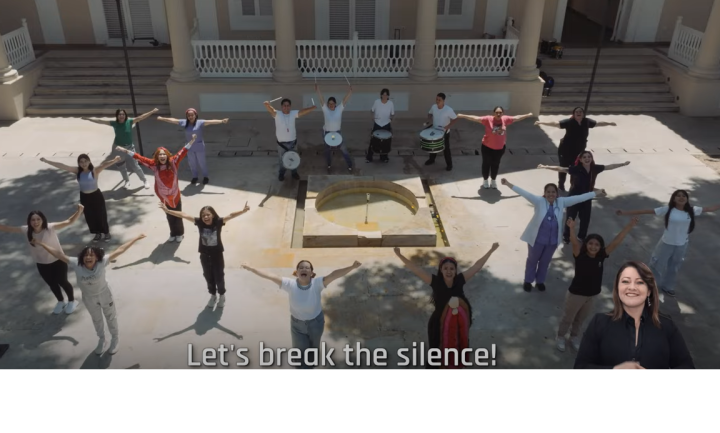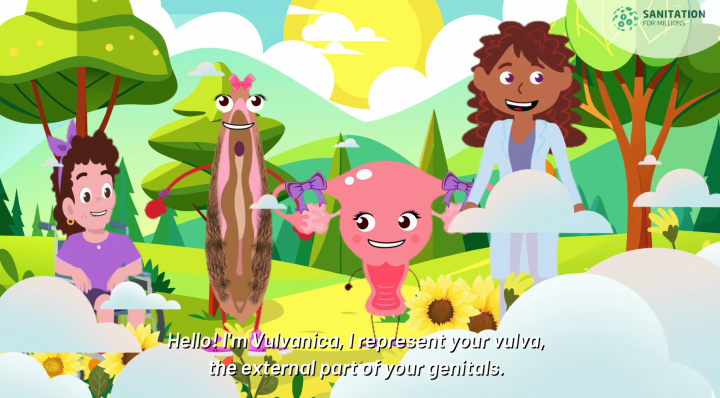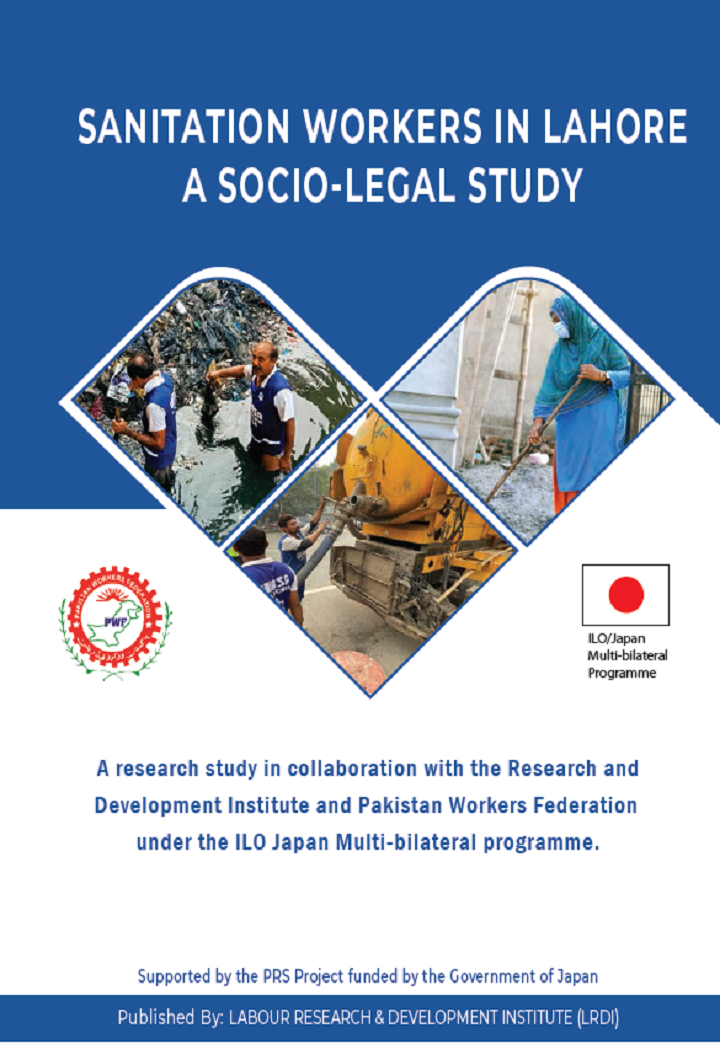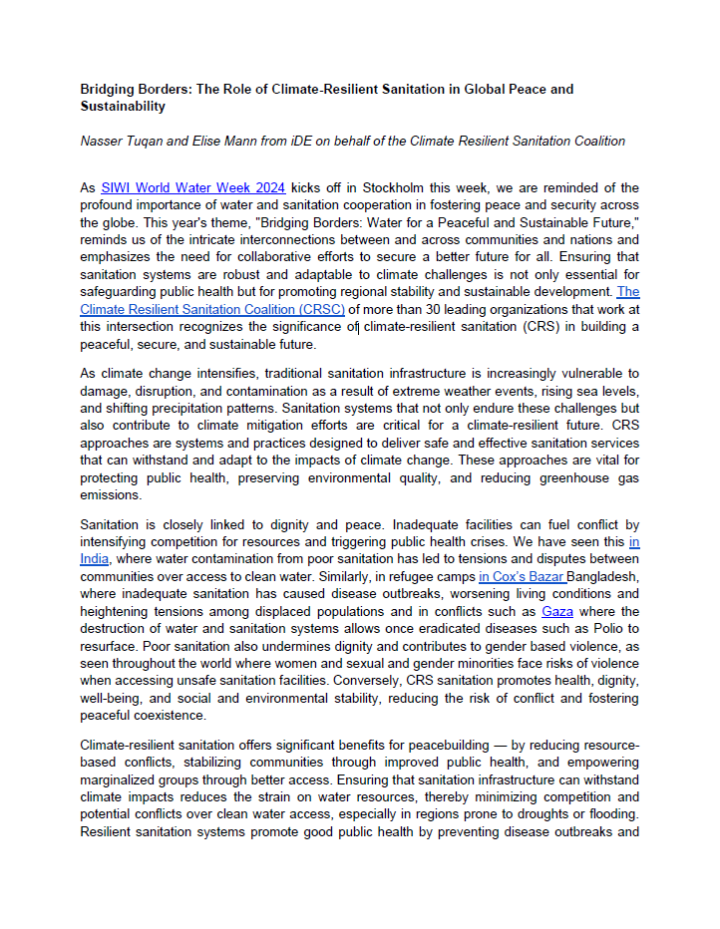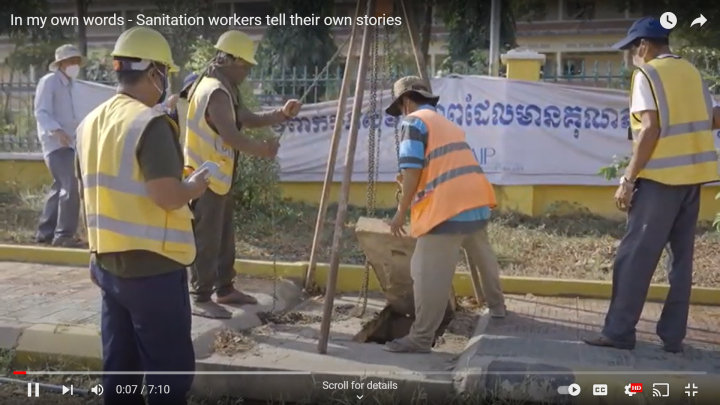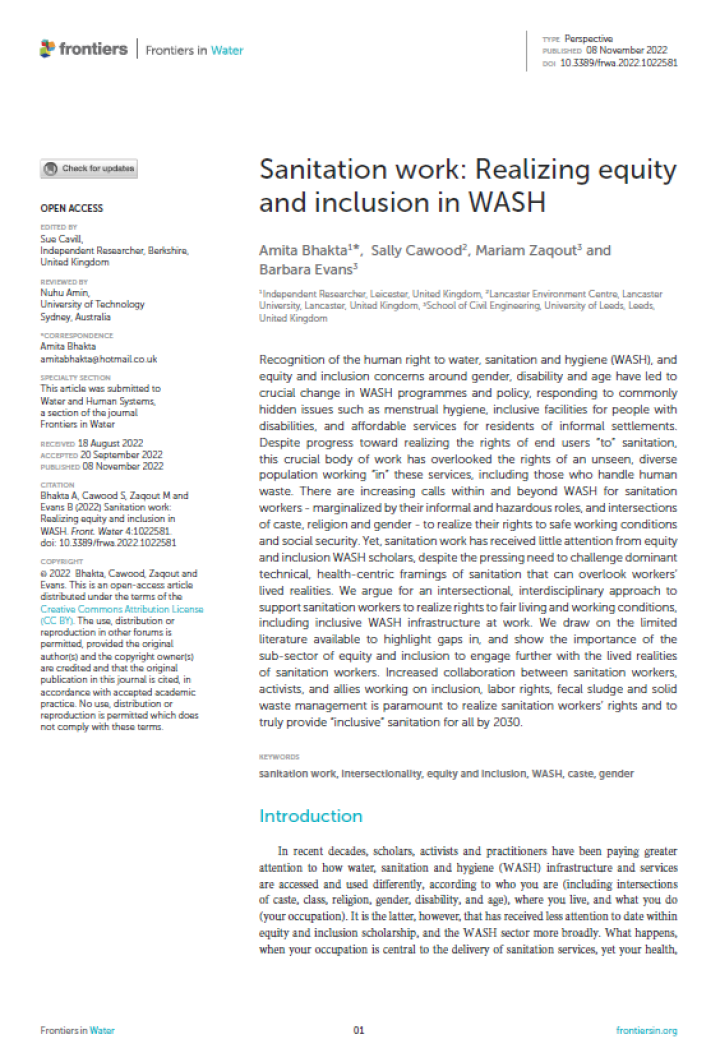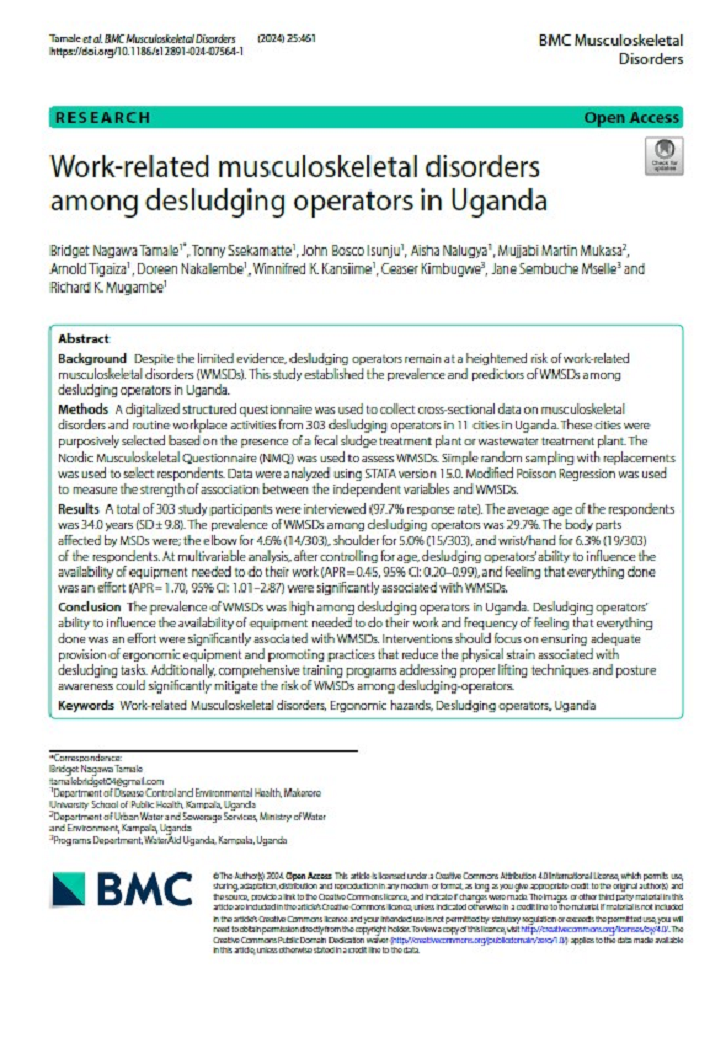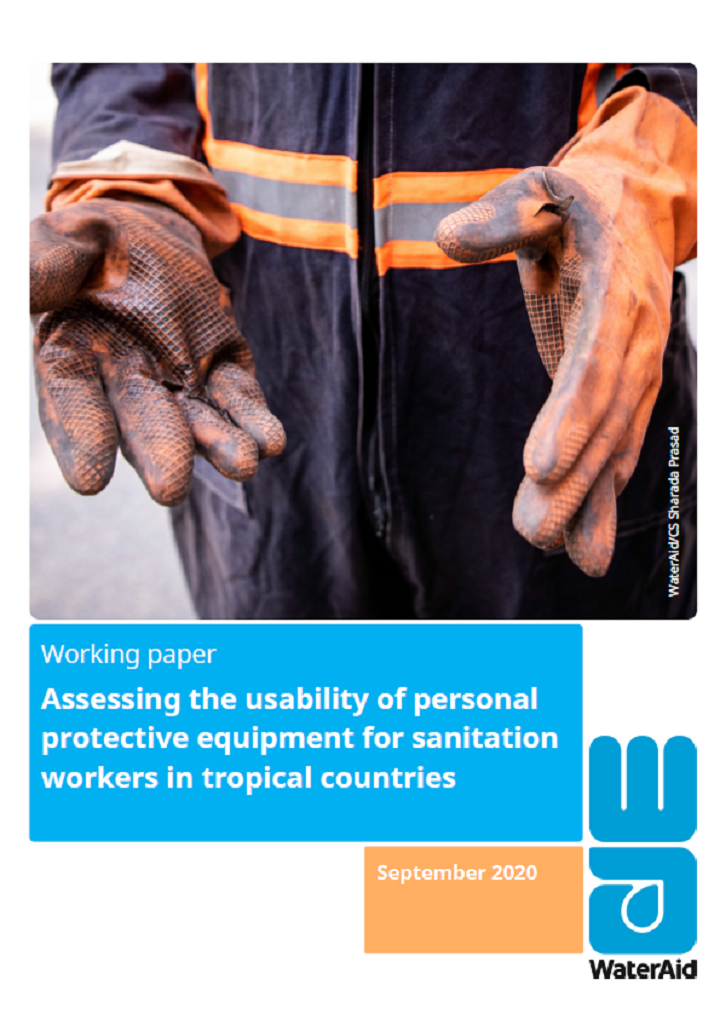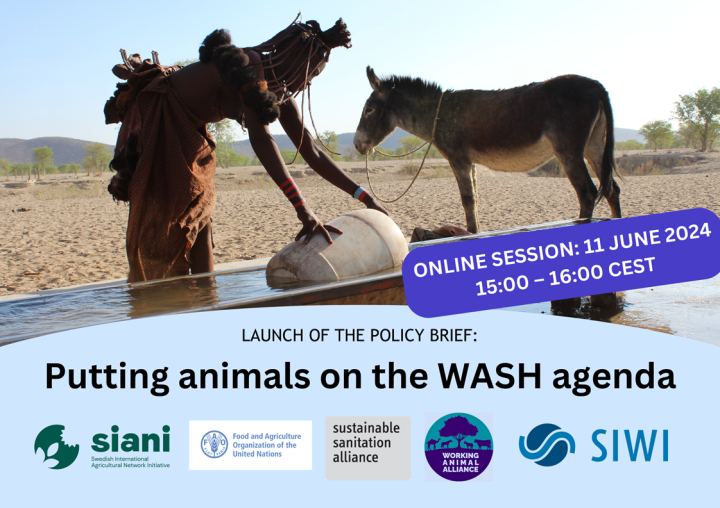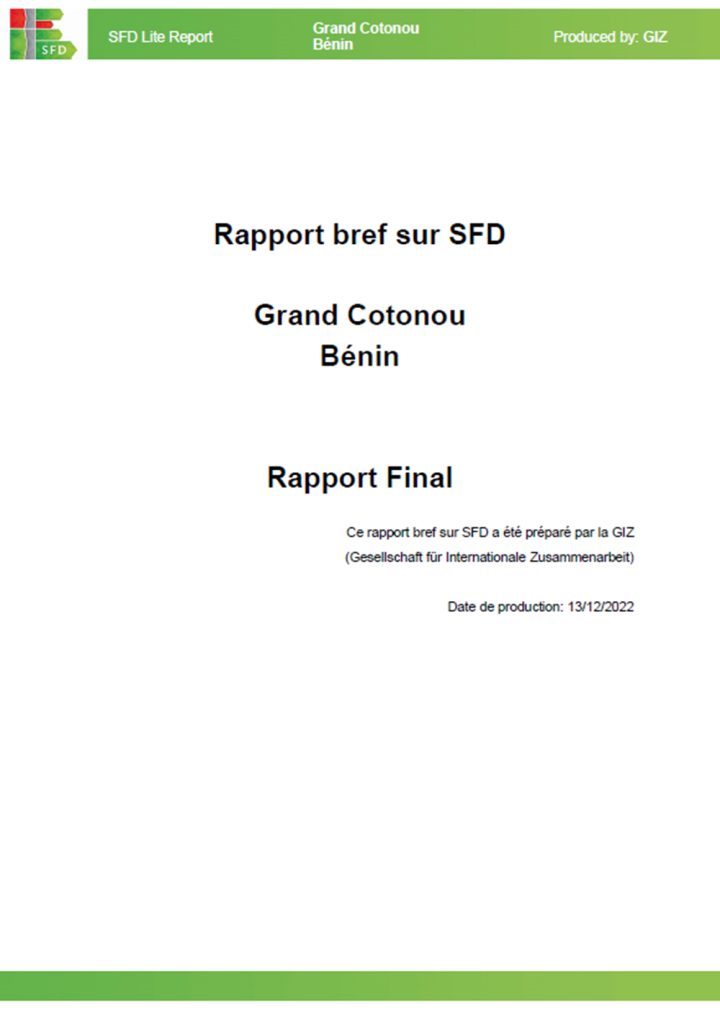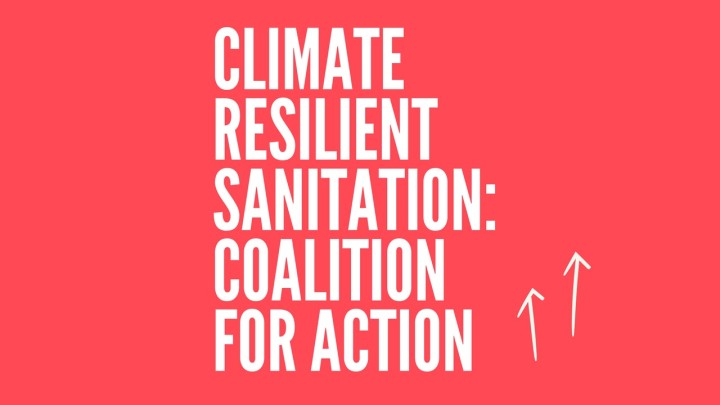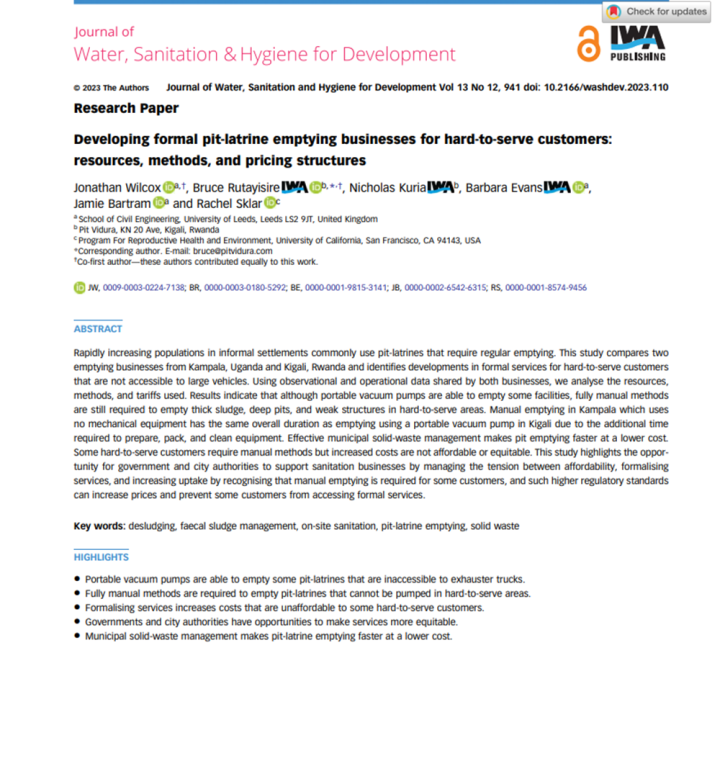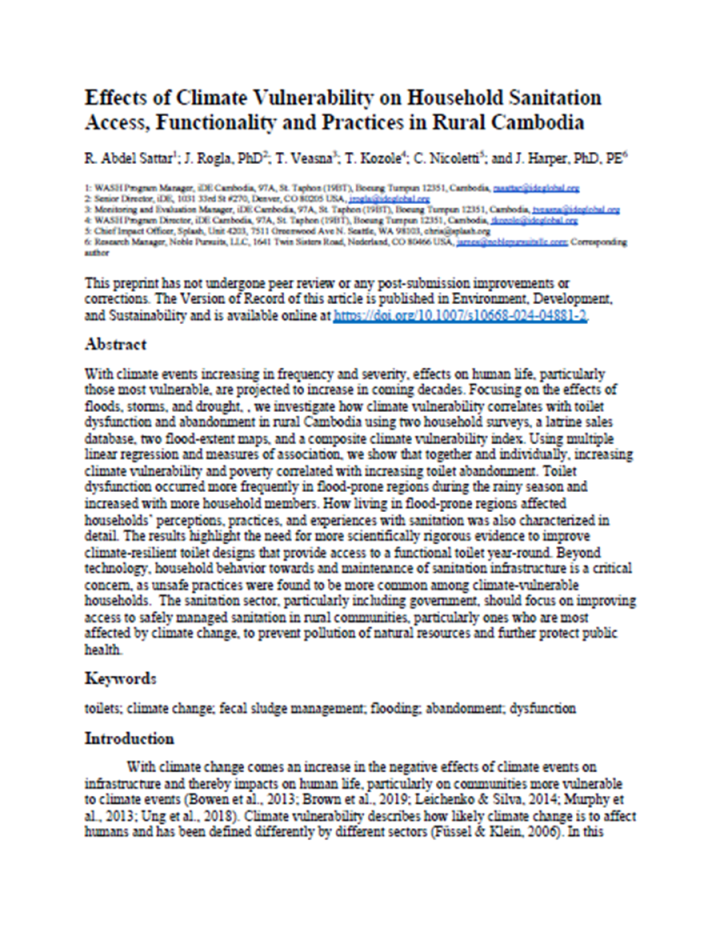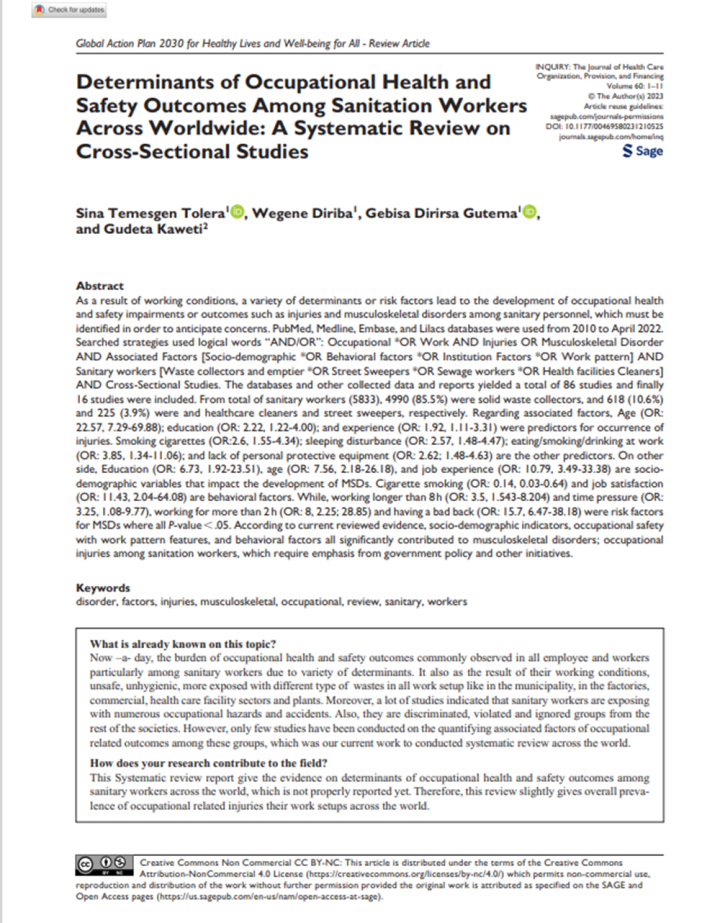Searching for information on Sanitation Workers?
The Sanitation Workers Knowledge + Learning Hub is the best source for all current news, trends, articles and updates on sanitation workers rights around the world.
Este inspirador video, producido en el marco del programa global Sanitation for Millions, aborda la importancia de la salud menstrual. A través de la voz de Fabiana, una joven de 13 años, nos invita a romper el silencio y los tabúes que rodean la menstruación.
Con una pegajosa canción que resalta la naturalidad del ciclo menstrual, el video promueve prácticas de higiene seguras. Su mensaje …
Embárcate en una aventura mágica y educativa con Lucía, una joven que descubre los misterios de la menarquía en este encantador libro animado. A través de un bosque encantado, Lucía se encuentra con personajes fantásticos como Uteriana, la Doctora Menstrualiana y Vulvánica, quienes la guían en su comprensión del ciclo menstrual.
Este video no solo educa sobre los aspectos biológicos …
The Rich Earth Institute's Farmer Guide to Fertilizing with Urine provides farmers with practical insights into reclaiming human urine as a nutrient-rich fertilizer. It joins Rich Earth’s guides to community and home garden urine recycling, offering resources to practitioners at different scales. The guide is rooted in Rich Earth’s extensive research with farmer-partners in Southern Vermont …
The 34th SuSanA meeting took place on 24th August 2024. It was organised by the SuSanA Secretariat with support and contributions from the Global Steering Commitee, SuSanA Partners, Members, Working Groups, Regional Chapters and many more.
This entry is the collection point of the different resources from the SuSanA Meeting, including recordings, presentations and program overview.
We once …
This document highlights significant occupational health and safety risks for sanitation workers during the emptying of on-site sanitation systems. A major concern is the direct exposure to health risks, as many workers enter containments like pits and septic tanks, with only 8% of systems emptied without such entry. Risks are higher in rural areas, where self-emptying is more common, and in …
The report provides an in-depth analysis of the working conditions, socio-economic challenges, and legal protections (or lack thereof) faced by sanitation workers in Lahore, Pakistan. Published by the Labour Research & Development Institute (LRDI) in collaboration with the Pakistan Workers Federation, the study is part of the ILO Japan Multi-bilateral Programme. It focuses on issues such as …
As SIWI World Water Week 2024 kicks off in Stockholm this week, we are reminded of the profound importance of water and sanitation cooperation in fostering peace and security across the globe. This year's theme, "Bridging Borders: Water for a Peaceful and Sustainable Future," reminds us of the intricate interconnections between and across communities and nations and emphasizes the need for …
WaterAid in collaboration with Waadaa.Insure and Chartered Life, introduced Shasthya Nirapotta Scheme (SNS), a health protection scheme for low-income people specially the sanitation workers to ease their struggles and triumphs.
This health protection initiative is designed to improve healthcare access and provide financial support in the event of the premium holder's death. This innovative …
This publication explores the critical yet underappreciated role of sanitation workers in Lagos, focusing on their contributions to urban management and public health, especially in the wake of COVID-19. The study investigates the socio-economic conditions, challenges, and innovative practices of these workers, highlighting their essential role in waste management and the need for better …
Though a lot of efforts and supports have been provided to sanitation workers, still their nature of works are critical and dangerous to their health and hygiene, and most of the time lack of respect, support and collaboration from local people.
Sanitation workers of in Battambang city have full right like other citizens. They are key workers that shall be treated with respect, recognition, …
The stigmatised caste system in India remains to be the key determinant of the fate of these workers. As a result, people, families and communities mainly ‘Dalits’ are compelled to perform these tasks which are not just hazardous and stigmatising but also highly underpaid. This not only makes their identities confined to sanitation work they are involved in, but also pushes them to accept the …
In the past decade, India's Swachh Bharat Mission has significantly improved sanitation infrastructure, including toilets and treatment plants. However, sanitation workers, essential to maintaining safe sanitation, face hazardous conditions, discrimination, long hours, and low social status. To address these issues, the Government of India and state governments have launched various social …
Recognition of the human right to water, sanitation and hygiene (WASH), and equity and inclusion concerns around gender, disability and age have led to crucial change in WASH programmes and policy, responding to commonly hidden issues such as menstrual hygiene, inclusive facilities for people with disabilities, and affordable services for residents of informal settlements. Despite progress toward …
The rapid urban development in Hanoi has exposed weaknesses in the city's sanitation infrastructure, straining the waste management system and increasing pressures on sanitation workers who already face hazardous conditions, financial insecurity, and societal discrimination. The study found that urban workers face more health hazards, while rural workers suffer greater job and financial …
Work-related musculoskeletal disorders (WMSDs) are a significant occupational health concern, particularly among workers engaged in physically demanding and labor-intensive tasks. Desludging operators, who are responsible for the removal and management of fecal sludge, are particularly susceptible to these disorders due to the strenuous nature of their work. Despite the critical role they play in …
Efforts to meet SDG target 6.2 overlook sanitation workers' health and safety. In low- and middle-income countries (LMICs), workers lack proper personal protective equipment (PPE), leading to risks of injury and illness. Even when available, PPE is inconsistently used. This study examines PPE usability for sewer cleaners and tank emptiers in tropical countries, finding inadequate design and …
Animal species are an integral part of the systems that supply our drinking water and ensure that we live healthy lives. Yet, interventions to promote water, sanitation, and hygiene (WASH) often fail to consider animals’ roles, needs, and impacts on the services and implications of WASH systems for animals with whom we share water sources.
La zone d’étude (ZE) couvre les territoires des communes de Cotonou (capitale économique du Bénin), Abomey-Calavi, Sèmè-Podji et Porto-Novo (capitale administrative). La zone d’étude est bordée au sud par l’Océan Atlantique et entoure le Lac Nokoué à l’ouest, au sud et à l’est. (PDA Grand Cotonou - Rapport B, 2015) Cette zone est également connue sous le nom de …
The rural water supply scheme (WSS) in Sri Lanka is threatened by multiple climate risks such as flash floods, droughts, landslides, and salinity intrusion. Those rural water supply schemes are managed by Community-Based Organizations (CBOs) and Local Authorities and offer water to 12% of the people who live in marginalized areas through piped systems. Even though Water Safety Planning (WSP) is …
Urban sanitation systems thinking has undergone a significant change—from infrastructure creation as a measure of progress, to service-level improvement, and now to equity and justice in sustainable service delivery.
The Shit Flow Diagram tool unbundled the sanitation service value chain into distinct components with the aim of addressing service-level improvements at the different stages of …
This study compares pit-latrine emptying businesses in Kampala, Uganda, and Kigali, Rwanda, focusing on resources, methods, and tariffs. Empirical data from Forever Sanitation and Pit Vidura show challenges with portable vacuum pumps in hard-to-reach areas, highlighting the need for formal manual emptying for some customers where mechanical methods are not viable. Manual emptying has similar …
With climate events increasing in frequency and severity, effects on human life, particularly those most vulnerable, are projected to increase in coming decades. Focusing on the effects of floods, storms, and drought, , we investigate how climate vulnerability correlates with toilet dysfunction and abandonment in rural Cambodia using two household surveys, a latrine sales database, two …
SuSanA is gearing up for its annual meeting and we want you to be part of it! The agenda for the meeting will be shaped by you – the SuSanA community. The three key topics for this year decided by the Advisory Board will be: Climate & Sanitation, Resource Recovery, and South-South Dialogue.
If you want to contribute to one of the key areas with an input, please fill in this form and reach …
Sanitation workers face occupational health and safety challenges due to unsafe working conditions and exposure to waste. Numerous studies have highlighted the occupational hazards and accidents faced by sanitation workers, who are also frequently subject to discrimination and neglect within societies. However, there has been limited research quantifying the factors associated with occupational …

